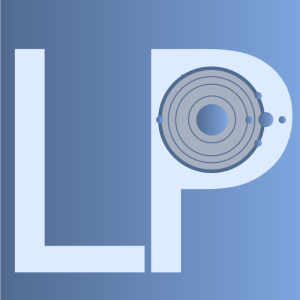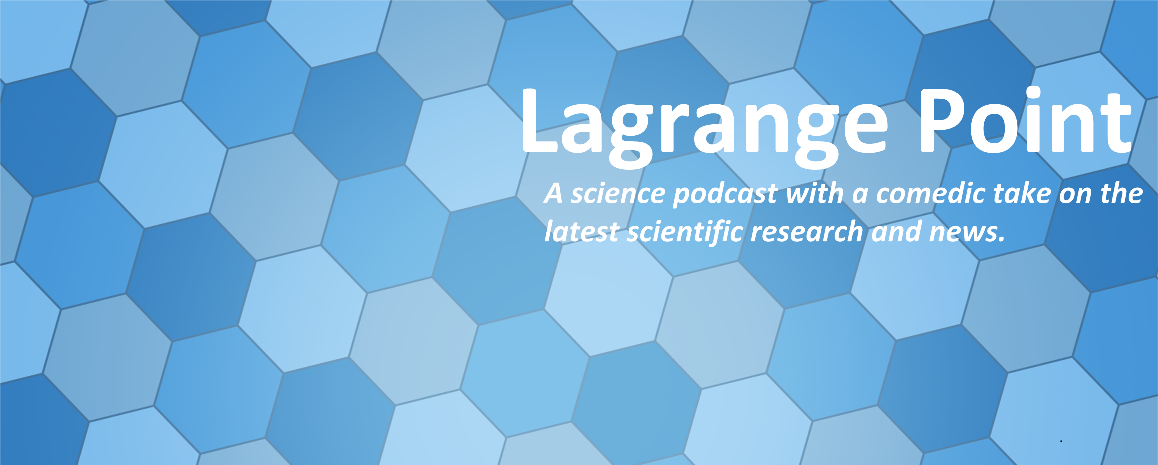Episodes

Monday Sep 23, 2019
Monday Sep 23, 2019
Is it possible to stop Alzheimer's in it's tracks? How does the formation of plaques on your brain cells lead to Alzheimer's. Does the your brain immune cells fighting back against plaques lead to Alzheimers? Amino acids in the brain tying themselves into knots, can lead to super strong sealed zippers forming which dry out proteins, damage neurons and eventually can lead to diseases like Alzheimer's. An enzyme missing a repair or two over 60 years can lead to build up of kinked amino acids chains which can lead to neuron-degenerative diseases. What causes a cell to eat itself? Well its actually a pretty healthy thing to do. If a brain cell doesn't eat itself at the right time, well it can lead to a whole bunch of diseases.
- Rebeccah A. Warmack, David R. Boyer, Chih-Te Zee, Logan S. Richards, Michael R. Sawaya, Duilio Cascio, Tamir Gonen, David S. Eisenberg, Steven G. Clarke. Structure of amyloid-β (20-34) with Alzheimer’s-associated isomerization at Asp23 reveals a distinct protofilament interface. Nature Communications, 2019; 10 (1) DOI: 10.1038/s41467-019-11183-z
- Elizabeth Spangenberg, Paul L. Severson, Lindsay A. Hohsfield, Joshua Crapser, Jiazhong Zhang, Elizabeth A. Burton, Ying Zhang, Wayne Spevak, Jack Lin, Nicole Y. Phan, Gaston Habets, Andrey Rymar, Garson Tsang, Jason Walters, Marika Nespi, Parmveer Singh, Stephanie Broome, Prabha Ibrahim, Chao Zhang, Gideon Bollag, Brian L. West, Kim N. Green. Sustained microglial depletion with CSF1R inhibitor impairs parenchymal plaque development in an Alzheimer’s disease model. Nature Communications, 2019; 10 (1) DOI: 10.1038/s41467-019-11674-z
- Yi Yang, Thea L. Willis, Robert W. Button, Conor J. Strang, Yuhua Fu, Xue Wen, Portia R. C. Grayson, Tracey Evans, Rebecca J. Sipthorpe, Sheridan L. Roberts, Bing Hu, Jianke Zhang, Boxun Lu, Shouqing Luo. Cytoplasmic DAXX drives SQSTM1/p62 phase condensation to activate Nrf2-mediated stress response. Nature Communications, 2019; 10 (1) DOI: 10.1038/s41467-019-11671-2


Comments (0)
To leave or reply to comments, please download free Podbean or
No Comments
To leave or reply to comments,
please download free Podbean App.